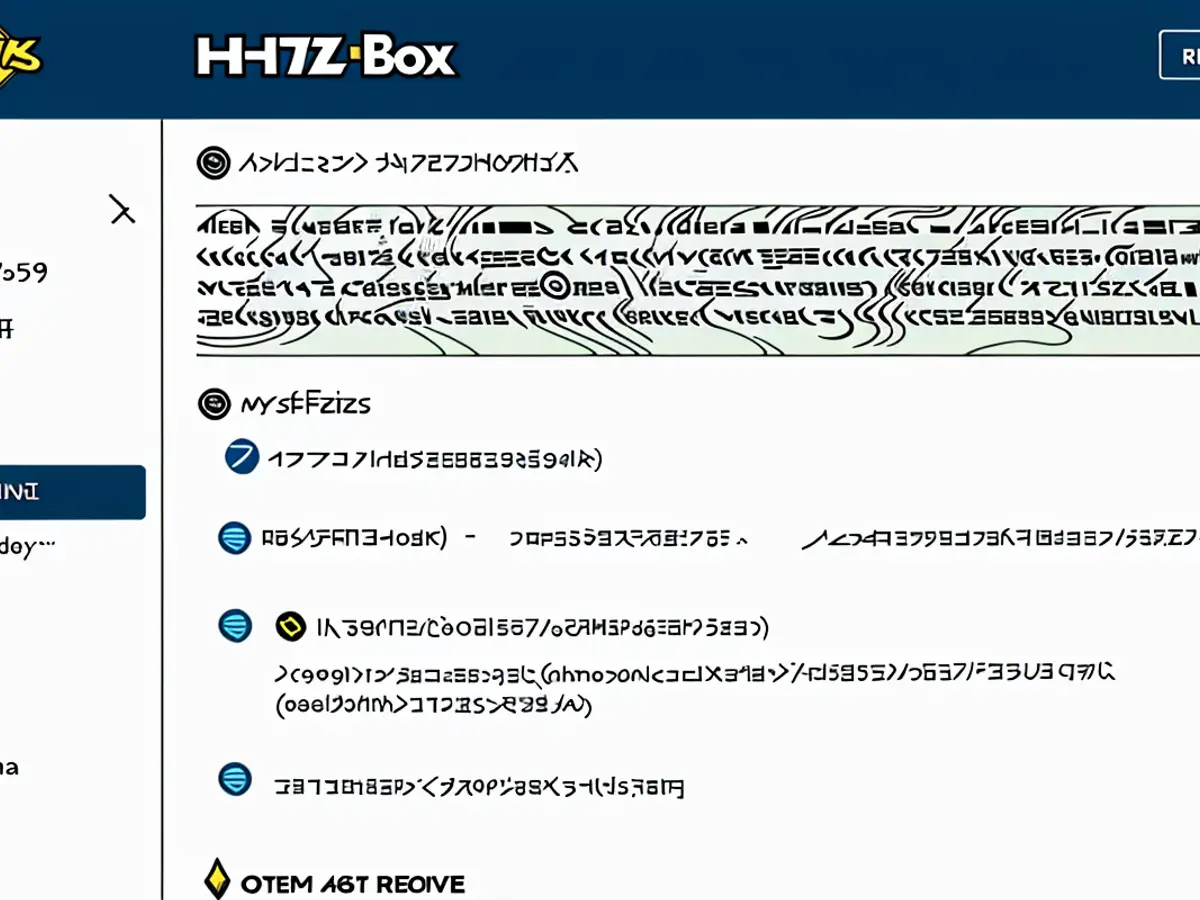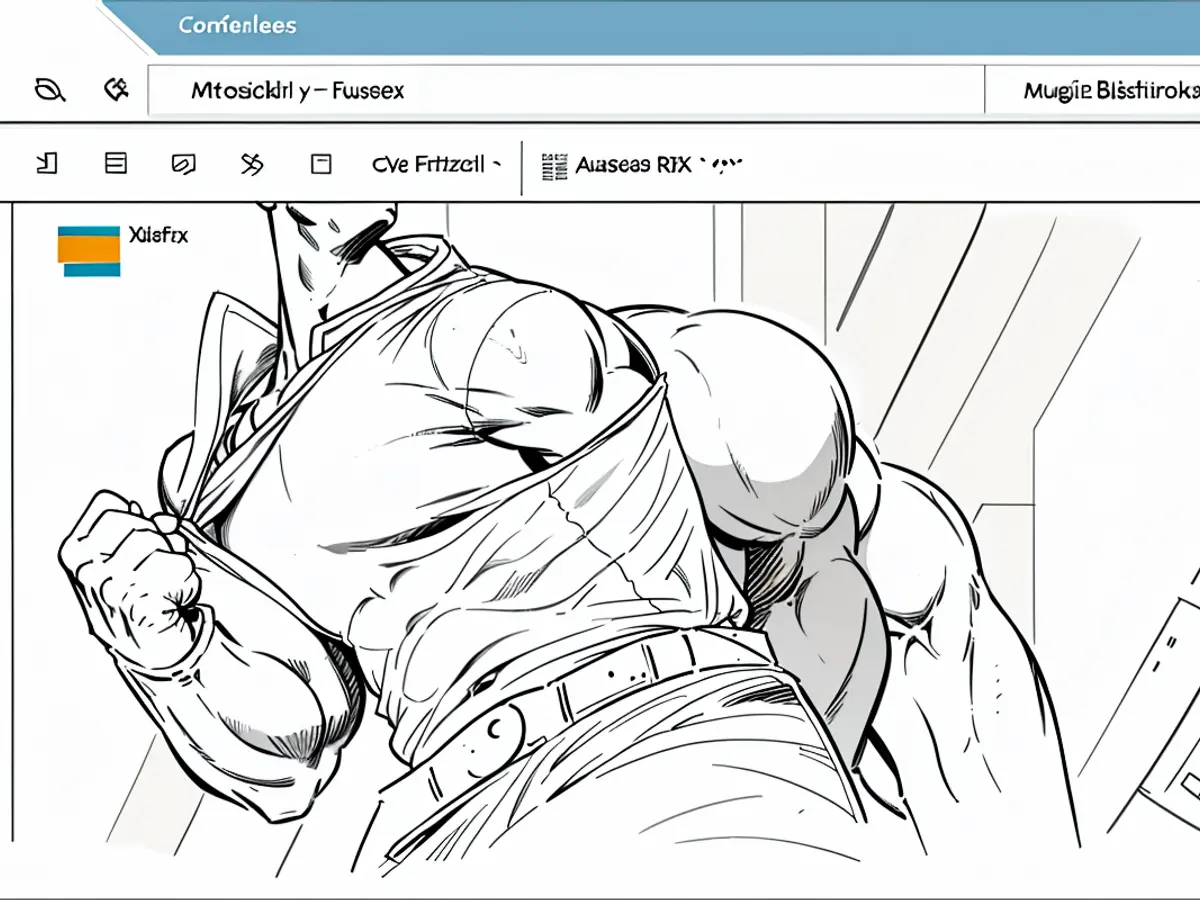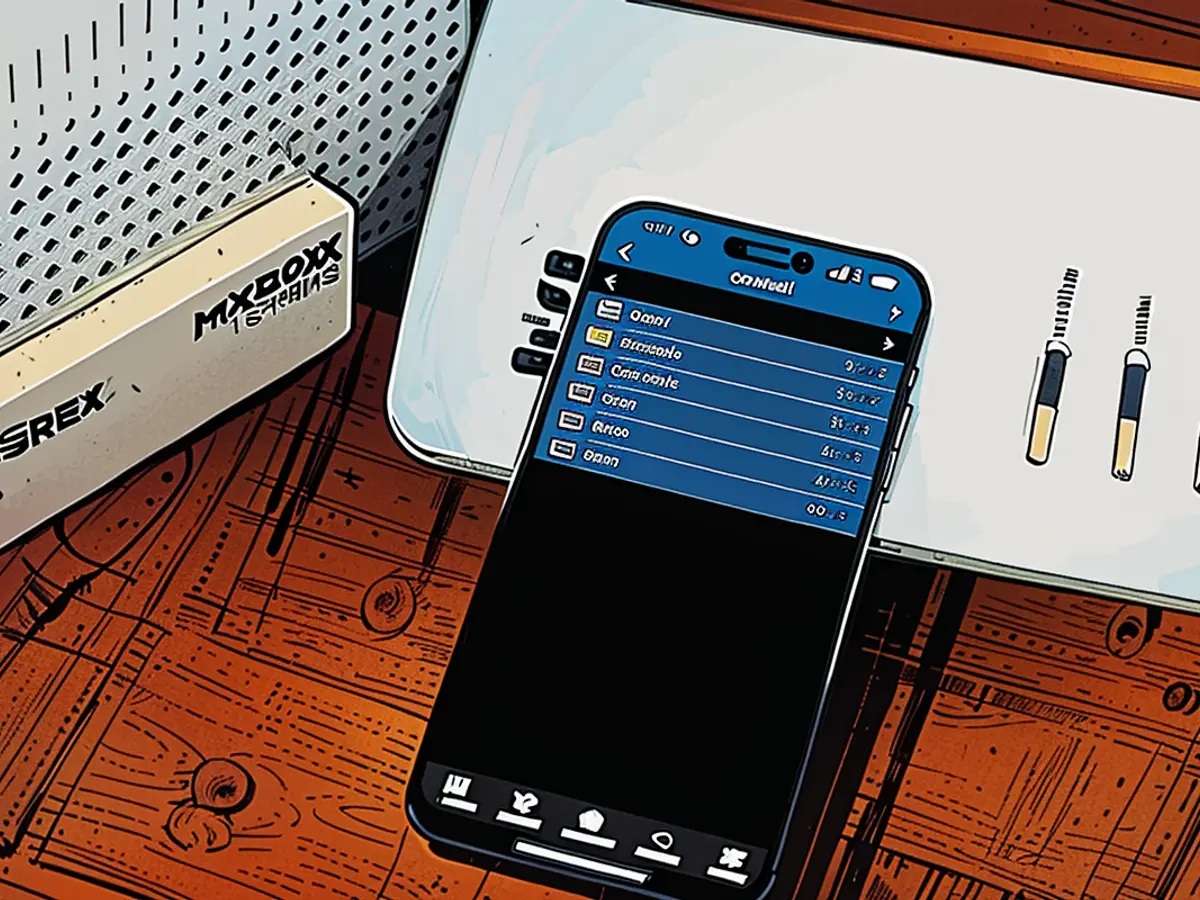Transforming Fritzbox into a Personal Cloud: A Step-by-Step Guide
If you've got a Fritzbox, you can transform it into an internet-accessible network storage device, like from a holiday retreat. All you'll need is a USB drive and a bit of your precious time.
Online storage solutions such as Dropbox are handy for securing photos, documents, and other files, accessible anywhere. However, they come with a few downsides: first, you're entrusting your data to a corporation whose servers are typically not in Europe, and second, you often need to cough up some dough for adequate storage. But fear not if you've got a Fritzbox, as you can easily create your personal cloud on a budget!
Connecting a USB storage device
First off, you'll need to establish the network storage on the router. The feature is already available on modern Fritzboxes. You can find it by clicking on the Fritz!NAS in the user interface at the top-right. Fritz!NAS stands for Network Attached Storage, or, in German, nothing but network-attached storage. In case your Fritzbox runs an older operating system than FritzOS 7.5, you may need to activate the extended view, found by clicking on the three dots in the upper-right corner.
Fritz!NAS already shows a storage space, usually just a few gigabytes (GB) large and not particularly suitable as NAS. To rectify that, connect a USB drive to one of the USB ports on the router. The drive can be a stick, an external SSD, or a classic HDD hard drive. Supported formats are NTFS, exFAT, FAT/FAT32, or ext2/ext3/ext4.
Fritz!NAS is here to stay
Once connected, you can find the USB drive by clicking on Home network in the left menu and then on USB / Storage. The attached storage device should be visible in the Device Overview. Next, select the USB-Remote Access tab. If there's a checkmark next to USB-Remote Access active, remove it and click on Take over at the bottom-right. If you've got a fast storage device, activate the Power Mode under the USB settings at the corresponding connection for faster USB-3.0 data transfer.
Now, if you navigate to Fritz!NAS, you'll find a folder with the name of the connected storage device. You can already add files or create new folders on the storage space using the corresponding symbols at the top. You can also select folders or files using Select and then share them, so that others can access them from the internet. A link for this will be generated when you click on Share.
Setting up a MyFritz! account
In order for the Fritzbox to be accessible from the internet, it must be registered with MyFritz!Net. If this hasn't been done yet, you first need to create a MyFritz! account. To do this, click on Internet in the left menu and then on MyFritz! Account. Enter an email address and click on Next, after which you will receive a confirmation email. In the confirmation email, click on Register your Fritz!Box with MyFritz!Net and then on Create MyFritz! Account. Finally, enter a password, confirm it, and click on Complete.
Now, under MyFritz!-Account, you'll need to set up internet access. For this, click on MyFritz!-Internet access setup and then on Fritz!Box user setup. Normally, everything is done at this point, but you might need to select or create a user. At the end, click on Accept. If everything worked, a green dot will appear before Your Fritz!Box is logged in to MyFritz!.
Network drive and FTP access activation

To finish, go back to the left menu of the Fritzbox user interface under Home network and click on USB / Storage. Scrolling down, first enable Access via a network drive (SMB) under Home network sharing, which makes the Fritzbox NAS visible in Windows Explorer and on Macs in Finder.
To access the network storage from the internet, set a checkmark at Access via FTP enabled and click on Accept. You'll be reminded that for FTP access or access via a network drive, a user with permissions needs to be set up.
User for remote access setup
To do this, click on the displayed link or go to System and to Fritz!Box users. There, add a new user or click on the pencil symbol for an existing one. After assigning a name, email address, and password, activate the permissions further down.
Important is a checkmark at Access from the internet allowed and, of course, at Access to NAS contents. You can also specify here whether a user only has access to certain directories and whether they can only read files or also edit or add them. After clicking on Accept, you're all set.
Access via Explorer or Finder
If not done yet, give the Fritzbox a unique name under Home network - Fritz!Box name, so it's easier to find. It'll be displayed under Windows in the File Explorer under Network. After clicking on it, enter the username and password and set a checkmark at Save login data. You'll then have access to all previously shared folders via the Windows Explorer.
Navigating a Mac computer, you'll find the Fritzbox within the Network section. Upon clicking it, you'll be prompted to input your username and password. Check the box that says Save password in keychain for convenience.
To access your Fritzbox cloud while on the move, simply open your web browser and head to myfritz.net. Enter your MyFritz! email and password, then click login. You'll then see your Fritzbox, just click its name, and log in again using your credentials. Now, you'll have access to your NAS and other Fritzbox features.
Alternatively, you can use the MyFritz! mobile app on your smartphone or tablet for a more user-friendly experience. Still, a future update might include the ability to automatically upload smartphone photos.

Read also:
After configuring your Fritzbox to support networked storage, you can utilize cloud computing within your networked household. This allows you to store files on your Fritzbox rather than relying on external services like Dropbox.
Once your USB storage device is connected to the Fritzbox, you can leverage Fritz!NAS to create a personal cloud for affordable storage and data security, keeping your data within your household network.








